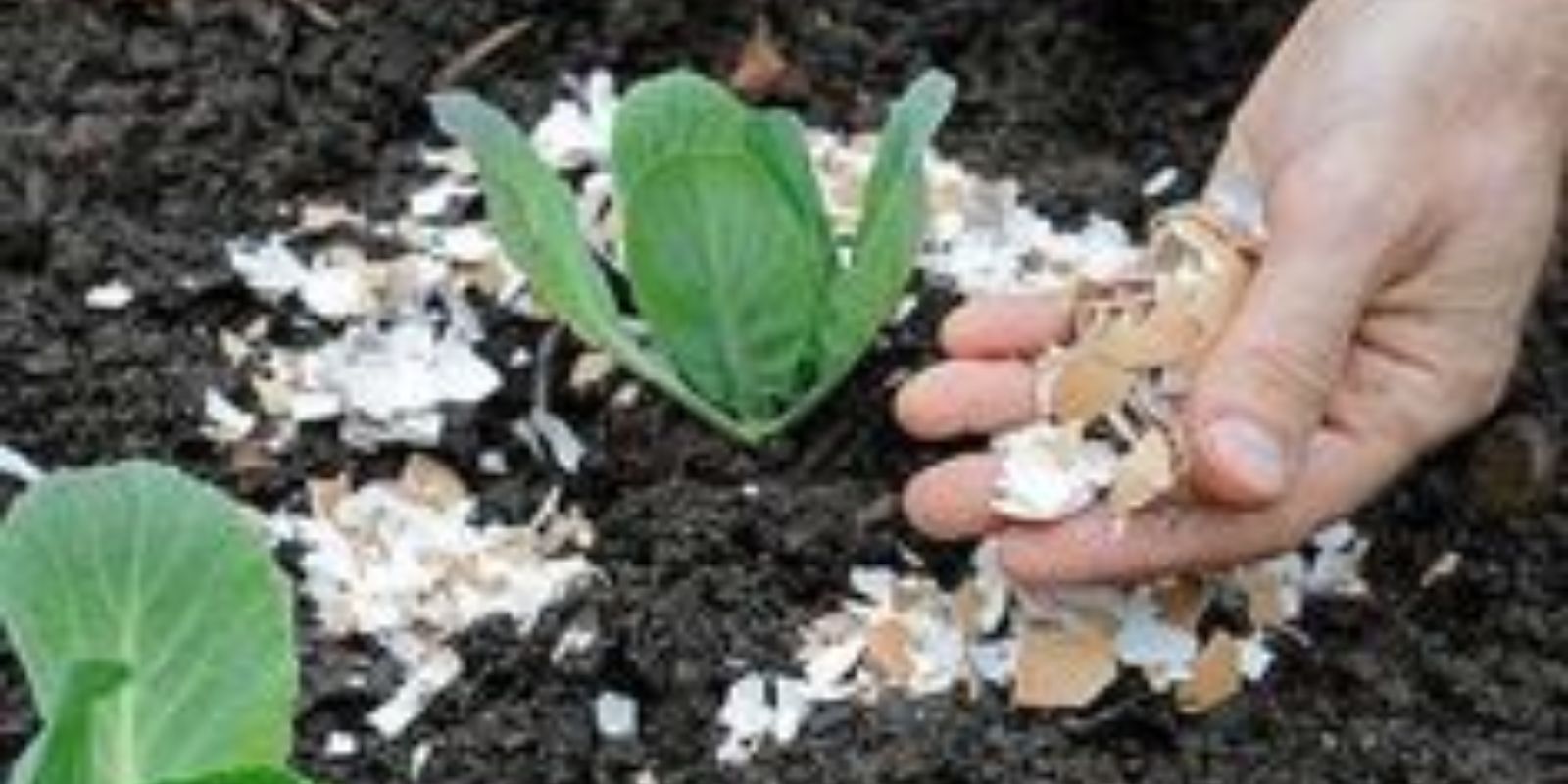Introduction
In the world of gardening, every little bit helps, and one often overlooked resource is the humble eggshell. Packed with calcium and other essential nutrients, eggshells can provide a significant boost to your garden. Instead of throwing them away, you can repurpose eggshells to improve soil health, deter pests, and support robust plant growth. This article will explore the benefits of using eggshells in your garden and provide detailed steps on how to make the most of this natural fertilizer.
Why Eggshells Are Beneficial for Plants
Eggshells are composed primarily of calcium carbonate, which is a crucial nutrient for plants. Calcium helps strengthen cell walls, promoting healthy plant structure and growth. It also plays a vital role in root development and helps prevent diseases such as blossom end rot in tomatoes and peppers. In addition to calcium, eggshells contain small amounts of magnesium, phosphorus, and potassium, all of which contribute to plant health.
Environmental Benefits
Using eggshells in the garden is also an environmentally friendly practice. It reduces kitchen waste, keeps organic material out of landfills, and recycles nutrients back into the soil. This sustainable approach aligns with organic gardening principles and supports a healthier ecosystem.
Steps to Utilize Eggshells in Your Garden
- Collection Start by collecting eggshells from your kitchen. Whether you consume a lot of eggs or only a few, every bit counts. Designate a container in your kitchen for storing used eggshells. A simple bowl or a small bin works well.
- Washing It’s important to wash the eggshells thoroughly to remove any remaining egg white or yolk. This step helps to avoid attracting pests and reduces any unpleasant odors. Simply rinse the eggshells under warm water, making sure to clean both the inside and outside. Once clean, let them air dry on a towel or a drying rack.
- Drying Allowing the eggshells to dry completely is crucial before you crush them. You can air dry them for several days, but for quicker results, place them in the oven. Set the oven to a low temperature (around 200°F or 93°C) and bake the shells for about 10 minutes. This not only dries the shells but also sterilizes them.
- Crushing Once the eggshells are dry, it’s time to crush them. You can use a mortar and pestle, a rolling pin, or even a food processor. The goal is to break the shells into small pieces or a fine powder. Finer particles decompose more quickly and release their nutrients into the soil faster. If you prefer, you can leave some shells in larger pieces for specific uses, such as pest deterrence.
- Soil Application One of the simplest ways to use crushed eggshells is to sprinkle them directly onto the soil around your plants. This method works well for providing a slow-release source of calcium. As the shells break down, they release calcium and other minerals into the soil, which are then absorbed by the plant roots. This is particularly beneficial for plants that require high levels of calcium, such as tomatoes, peppers, and eggplants.
- Composting Adding eggshells to your compost is another excellent way to utilize their nutrients. Crush the eggshells before adding them to your compost bin or pile. This helps them break down more quickly and ensures an even distribution of calcium throughout the compost. As the compost matures, the nutrients from the eggshells will be integrated into the organic matter, enriching the final product that you can use in your garden.
- Seed Starting Eggshells can also be used as biodegradable seed-starting pots. Simply fill half eggshells with seed starting mix, plant your seeds, and place the shells in a carton to keep them upright. When the seedlings are ready to be transplanted, you can plant the entire eggshell in the soil. The shell will break down over time, providing a boost of calcium to the young plants.
- Pest Protection Crushed eggshells can help deter certain pests, such as slugs and snails. Sprinkle crushed eggshells around the base of plants that are prone to these pests. The sharp edges of the shells create a barrier that is uncomfortable for slugs and snails to cross, helping to protect your plants from damage.
Additional Tips for Using Eggshells
- Regular Application:
For best results, apply eggshells regularly throughout the growing season. This ensures a consistent supply of calcium and other nutrients. - Combine with Other Organic Matter:
While eggshells are beneficial, they should be part of a broader organic gardening strategy. Combine them with other organic matter, such as compost, mulch, and green manure, to create a balanced and nutrient-rich soil environment. - Monitor Soil pH:
Although eggshells help improve soil health, it’s important to monitor your soil’s pH levels, especially if you’re applying large quantities. Too much calcium can raise soil pH, making it more alkaline, which might not be suitable for all plants.
Conclusion
Eggshells are a valuable resource that can enhance the health and productivity of your garden. By repurposing them, you not only reduce kitchen waste but also provide your plants with essential nutrients in a natural and sustainable way. From improving soil structure to deterring pests, the benefits of using eggshells in gardening are numerous and impactful.
Embrace this simple yet effective gardening practice and watch your plants thrive. With minimal effort, you can turn a common kitchen waste item into a powerful tool for fostering a vibrant and healthy garden. So, next time you crack an egg, remember that your plants will thank you for saving those shells! 🌿

